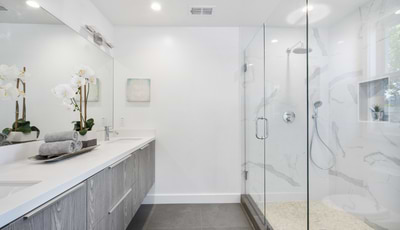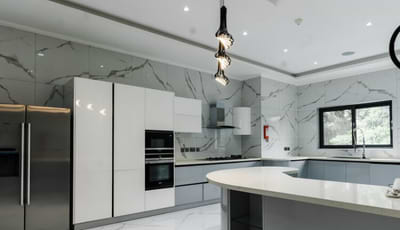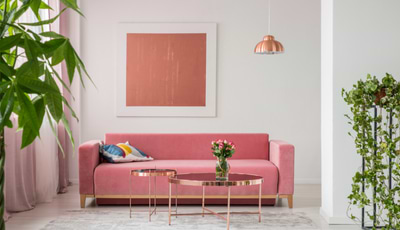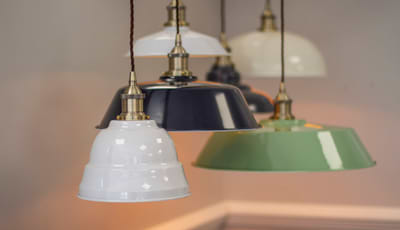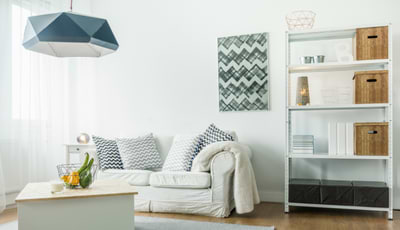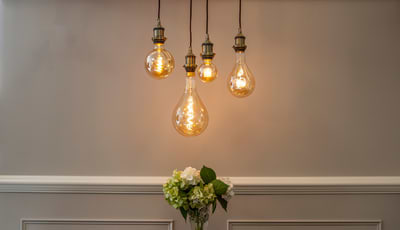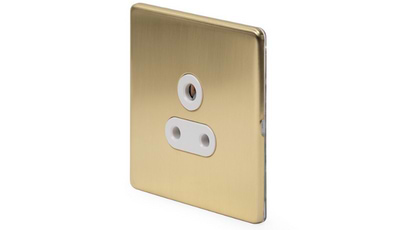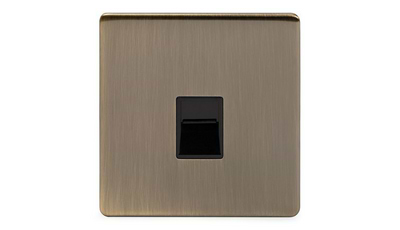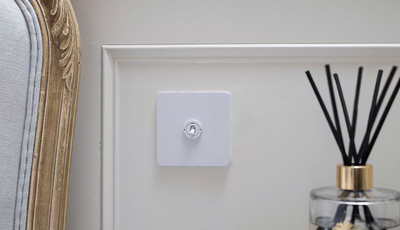Elesi Blog
Lighting Guides & Interior Design Tips
-
How Many Downlights In The Bathroom?
Whether you're refitting or renovating a bathroom, you might be wondering how many downlights are the right amount for a bathroom. We explore this commonly asked question. -
Contemporary Living Room Ideas On A Budget
Whether you're looking to freshen up your existing home or are completely renovating a property, we explore contemporary living room ideas on a budget. -
What Colours Go With Pink?
If you're looking to bring this shade into your home, we take a look at the colours which go well with pink. -
Lighting Design
Lighting design is all about how lighting can guide you through a home, creating an effective lighting strategy to enhance your home. -
How To Make A Small Room Look Bigger
There are many space saving tips and decor tricks to help give that illusion of a bigger room without increasing your square meterage. -
Lumens Vs Watts
We explore what lumens and watts are when it comes to LED lights, why these figures are important and how to compare them both when choosing lights. -
What Are Unswitched Sockets Used For?
There are a variety of sockets on the market including USB sockets, Switched Sockets, Unswitched Sockets and 5 Amp Sockets. This can make the purchase... -
Telephone Sockets Explained
Telephone sockets are one of those things that we all have in our homes. But how much do you know about them and the purpose... -
Minimalist Light Switches
Light switches are one of the most appraised, viewed and functional assets in a home. For something that is used and viewed on a daily...



